If you look around Florida now you can see draping cascades of light pink flowers. It probably Coral vine, a pretty species that could win a pseudonym contest. It has more than two dozen common names. A native of Mexico, it botanically has only one name Antigonon leptopus. Locally it’s a Category II invasive. Coral Vine is one of those plants I always intend to investigate more but it blossoms during a busy time and I never quite seem to get to it. The small roots are edible raw or cooked but are a lot of work to dig out. They are not famine food but rather opportunity food. Cultivated in a pot the story might be different. The blossoms, leaves and seeds are edible after cooking. I’m sure you’ve seen it blossoming around. To read more about the Coral Vine go here.
Also blossoming now in the central part of the state is Eastern Gamagrass though most people don’t think of grass as blossoming. The Eastern Gamagrass is easy to spot because it actually does have showy little male blossoms and some strange looking female blossoms. Identification is fairly easy. The male blossom are red and gold and suspend below the stalk ripening from the top down. Further down the stalk are the female blossoms looking like hairy wires. The grain can be used like wheat and will also pop like strawberry pop corn. You can read more about the Gamagrass here.
Foraging classes this week were close to home for a change, in Cassadaga and Wekiva State Park in Apopka. Cassadaga is a nice little park that perhaps suffers from its association with the medium town it is in. The area was settled by spiritualists over a century ago and is the southern epicenter for psychics. When I first started classes there the park had a large lake, now it has a low dirt bike race way. But the change in environment has invited interesting plants to see so change has its attractions. We saw ripe native grapes which seem to be a few weeks early. They also tend to be highly acidic. What’s more, the grape’s sugar content can mask that acidity to the palate but later the acid can make the throat itch some or burn the hands if you’re crushing them to make jelly. It’s best to eat only a few of our native grapes at a time raw.
Wekiva is always a class challenge. It has few of the plants of civilization meaning there are not many of the cosmopolitan weeds associated with man’s feet, fodder and animals. It’s closer to what the natives had to cope with for edibles. For me there were two thrills of the day. The first was finding my first chanterelle of the season, perhaps the most famous of edible mushrooms. Included in the “fool proof six” it was happily growing where one would expect it, under a live oak. Although fairly easy to identify one still has to rule out a similar looking toxic mushroom called the Jack O’Lantern. Fortunately “Jack’s” are not deadly but they can make you wretchedly ill. The other thrill of the day was an Eastern Diamondback rattlesnake appearing suddenly in the middle of the path with virtually no intention of moving. I try to lead on trails for this very reason. The snake never rattled but I was born with phenomenal field and figure recognition, or said another way, ye old instincts screamingly kicked into oh-my-god high gear and no one was stepped on or bitten. More to the point the snake was also not inclined to move. It was his path and he was there first. End of argument. So we decided to take a different route. Discretion is better than a painful trip to the hospital. This was only the second time in many decades that I have actually met a rattlesnake eye-to-eye on the trail. Usually they sense you coming and are gone long before you get there.
I managed to track down two other edible mushroom species this past week, both puffballs or Lycoperdons. While puffballs are considered one of the aforementioned half dozen “fool proof” mushrooms never eat any mushroom just by internet identification or book descriptions. You must learn from someone, in person, live as it were or you could be dead. Mushrooms are tough to identify and are all about context. They’re like real estate, location is important. I found Lycoperdon pyriforme and Lycoperdon perlatum. The former is small and grows on dead wood, the latter twice as large and is usually found in lawns. The key to puffballs is cutting them apart vertically. They should be one color and texture inside, looking like marshmallow or tofu. The very deadly Amanita species can look like a puffball when young except when you cut one of them open vertically you can see the outline of a small mushroom inside, it is not all one texture like the puffballs. Amanitas are so toxic the lethal dose for a 220 pound man is 5o mg. Lycoperdon, by the way, is Greek for “wolf” and “to break wind.” The name was supposedly inspired — if that is the right verb — from the sound and action from when a large raindrop hits a ripe puffball and it poofs out a brown cloud of spores.
Besides the rattlesnake in the wilds of Wekiva there is Poison Sumac. There’s not just a little Poison Sumac, it’s the mother load. As I tell my students my defense mechanism for Poison Sumac is water. It grows in damp or wet spots. If you are on a dry hill Poison Sumac is not a worry. So how did I get a case of Poison Sumac when my feet never got wet? There is a
ditch directly next to the Sand Lake parking lot in the park. It is obscured by a wall of plants. I was high and dry standing on the shoulder of the parking lot rummage through two different grapes and a saw palmetto when I saw Poison Sumac not inches from my nose. Lesson learned the hard way, took one for the team as they say… better than a rattlesnake… The problem with Poison Sumac, besides being worse than Poison Ivy, is that it kind of looks like an attractive ornamental. Its leaves have bright red stems and the red also wraps around the main stem making it all rather attractive. Protocol for exposure is the same for Poison Ivy. My case happened last year, which is why I know exactly where it is this year.
My class schedule has been booked out into October and even a few dates in the new year are taken such as the Florida Herbal Conference in February and a national Begonia Society talk in March. This weekend, howver, I will be in Sarasota on Saturday and Port Charlotte Sunday. The Port Charlotte class will happen because I will be in the area.
Saturday, August 31st, Red Bug Slough Preserve, 5200 Beneva Road, Sarasota, FL, 34233. 9 a.m.
Sunday, September 1st, Bayshore Live Oak Park, 23157 Bayshore Rd., Port Charlotte, FL 33980, 9 a.m.
Saturday, September 7th, George LeStrange Preserve, 4911 Ralls Road, Fort Pierce, FL, 34981, 9 a.m.
Sunday, September 8th, Dreher Park, 1310 Southern Blvd., West Palm Beach, FL, 33405, 9 a.m.
Saturday, September 14th, Wickham Park: 2500 Parkway Drive, Melbourne, FL 32935, 9 a.m.
Sunday, September 15th, Mead Garden, 1500 S. Denning Dr., Winter Park, FL 32789. 9 a.m.
Saturday, September 21st, John Chestnut State Park, 2200 East Lake Road, Palm Harbor, FL 34685, 9 a.m.
Sunday, September. 22nd, Lake Woodruff National Wildlife Refuge, 2045 Mud Lake Road, DeLeon Springs, FL, 9 a.m.
Saturday, September 28th, Boulware Springs Park, 3420 SE 15th St. Gainesville, FL 32641, 9 a.m.
Sunday, September 29th, Jervey Gantt Recreation Complex, 2390 SE 36th Ave., Ocala, FL, 34471, 9 a.m.
Saturday, October 5th, Florida State College, 11901 Beach Blvd., Jacksonville, FL., 32246, 9 a.m.
Sunday, October 6th, Mead Garden, 1500 S. Denning Dr., Winter Park, FL 32789. 9 a.m.
Even though my foraging videos are for free on the internet some foragers like to have their own copy. My nine DVDs have 15 videos each, from 01 to 135, and come in nine cases each with a picture of yours truly on it. In the process of moving the videos to DVS some of them were enhanced slighty from the version on the Internet. In a few months I hope to have volume 10 available as well. I print and compile the sets myself so if you have any issues I handle it personally. There are no middle men. To learn more about them or to order the DVS click here.

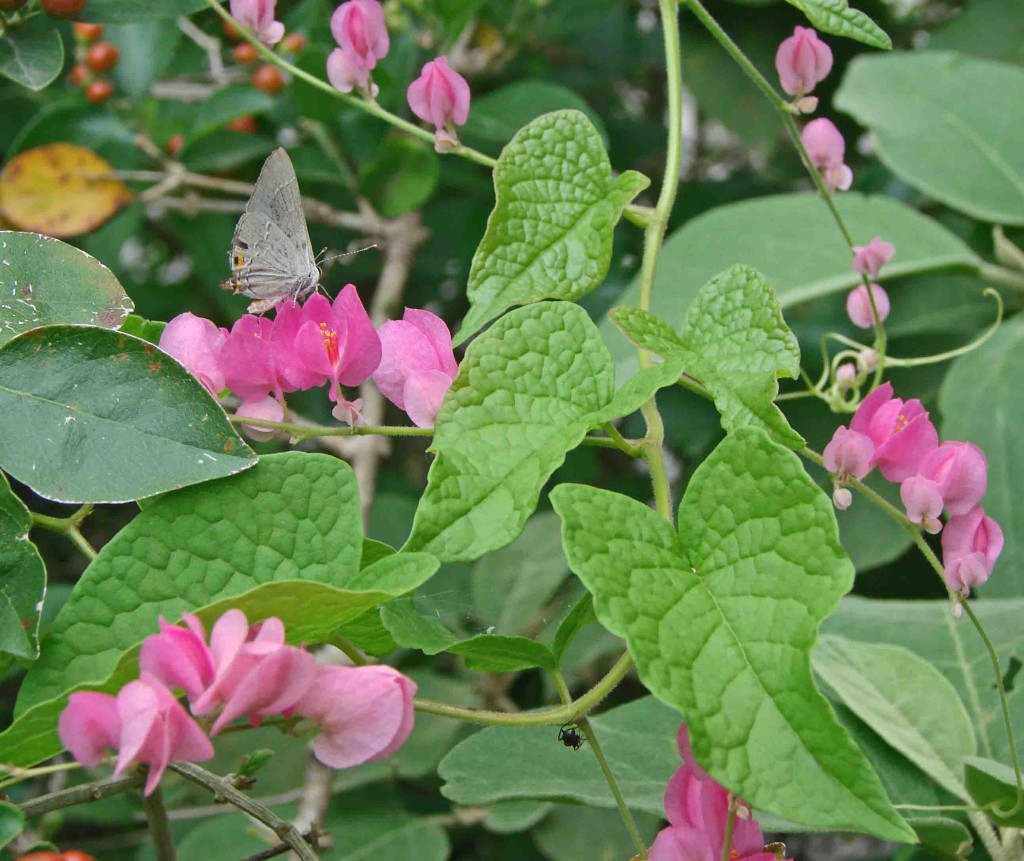
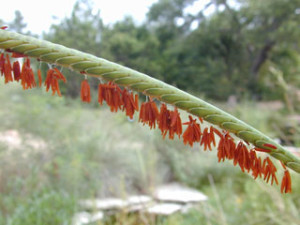
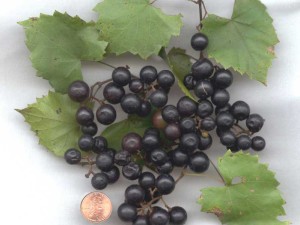
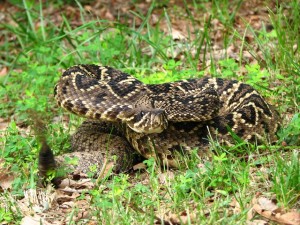
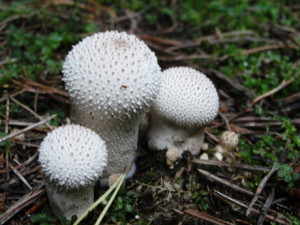
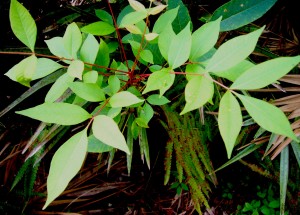
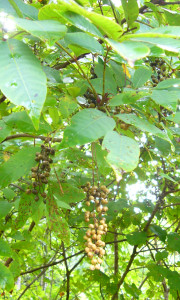
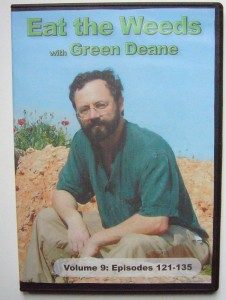

Great info. I love the new plants and mushrooms. Thanks a lot for sending this out.
Very interesting. I’ve seen the Coral Vine all over the place for years and never knew about it’s edible/useful properties. Thanks again for the consistently great information.
Spencer